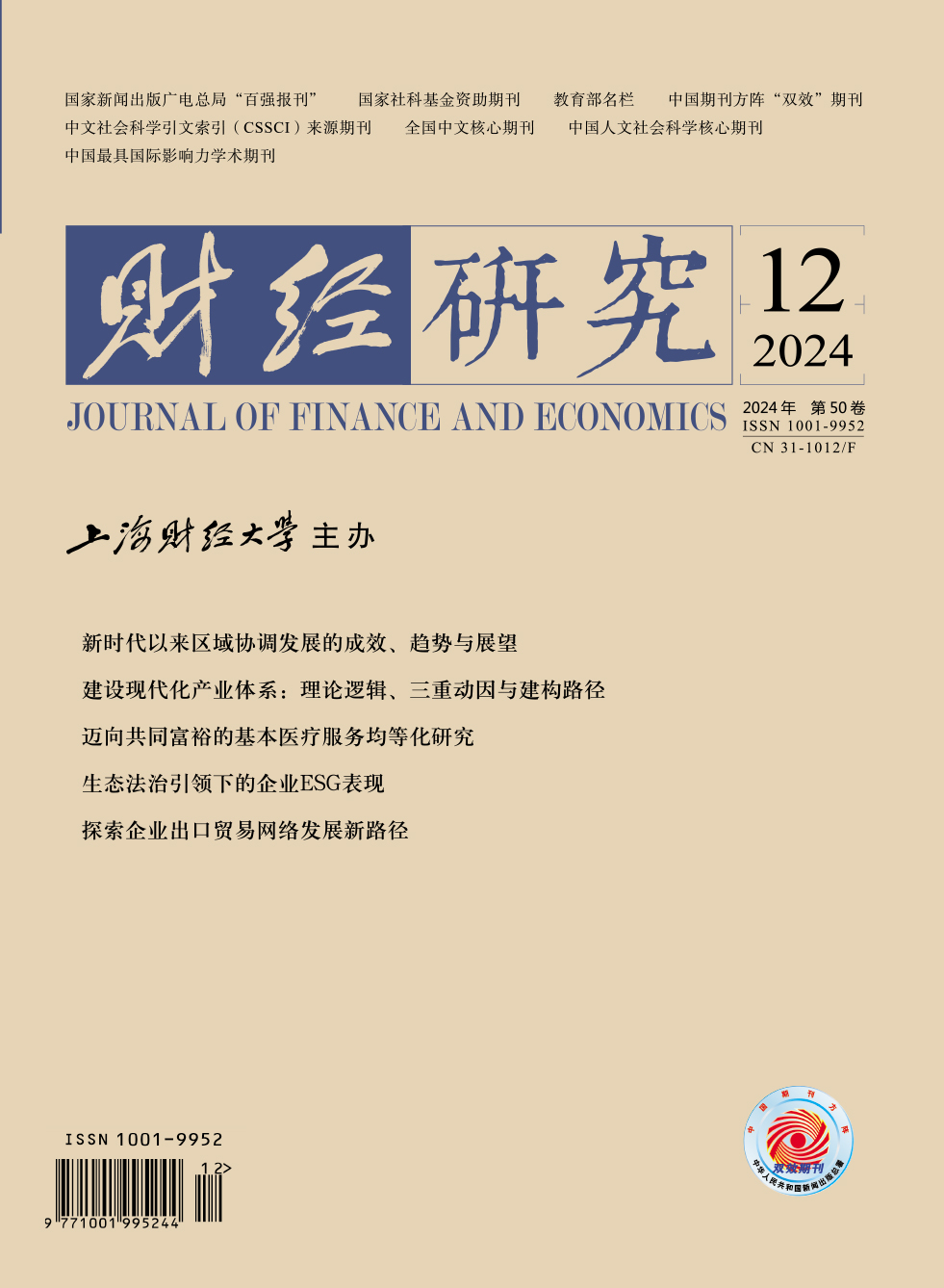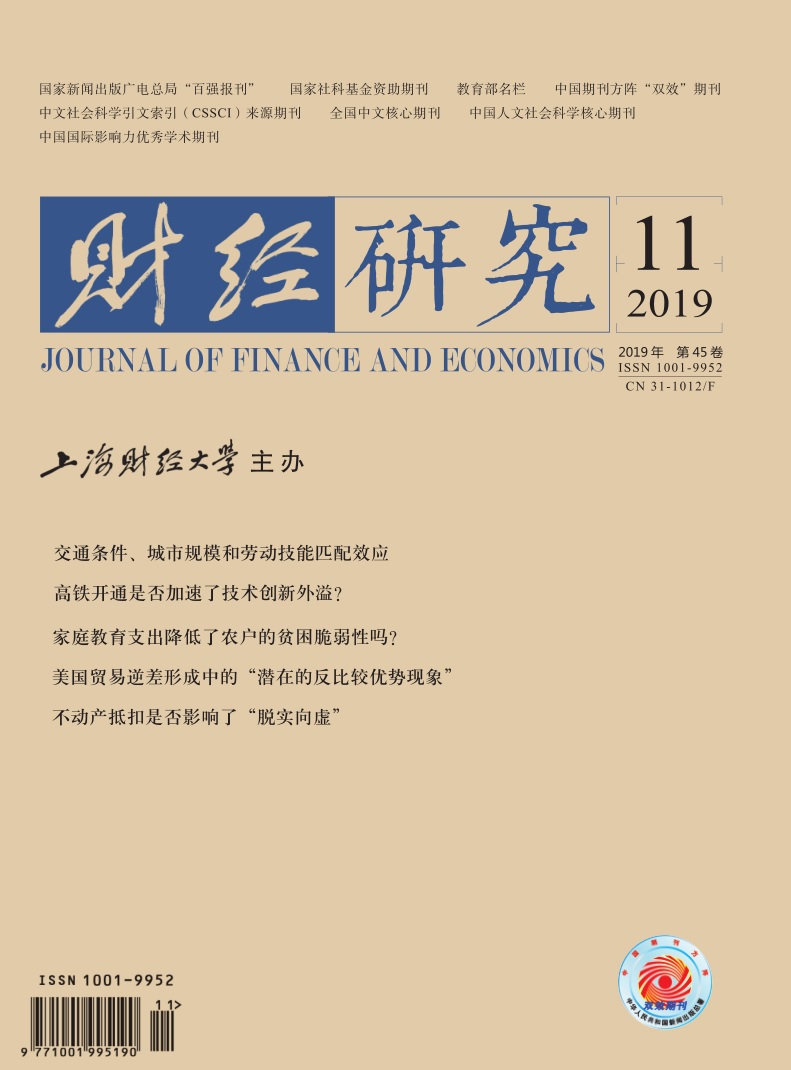In the past two decades, China’s labor productivity has generally increased substantially, but there are still large differences between regions and cities. The traditional neoclassical economic theory holds that the difference between factor input and agglomeration economy is the cause of the difference in labor productivity. New economic geographers emphasize that the level of transportation costs and the size of economies of scale will have different effects on the market size and labor productivity in different regions and cities. Subsequent research through formal theoretical model analysis points out that the degree of skill matching between workers and jobs affects labor productivity.
Labor skill matching is a source of agglomeration economies and a cause of different location preferences of industries. This paper introduces skill matching into the model originated by Venables (2007) and uses a firm-level panel dataset to examine the complex effects of skill matching, urban transport, and city size on firm productivity in China’s cities. The study shows that transport condition, city size and skill matching have substitution effects on labor productivity; transport improvement and city expansion enhance the positive impact of skill matching on firm productivity, and the impact differs across industries and cities; transport improvement is more conducive to promoting the productivity of high-tech firms in large cities, inducing high-tech industries to agglomerate in large cities; the spatial effects of transport improvement on low-tech industries appear to be insignificant.
This paper provides some empirical evidence for the development and evaluation of regional development and structural adjustment policies. In the adjustment of industrial structure, each region should take advantage of its own industry characteristics and city scale to reduce resistance, actively introduce (and move out) related industries, and promote large cities to become high-tech industrial centers, while guiding other cities to become the bases with lower production costs and higher efficiency.





 , 1
, 1 3925
3925  4854
4854

